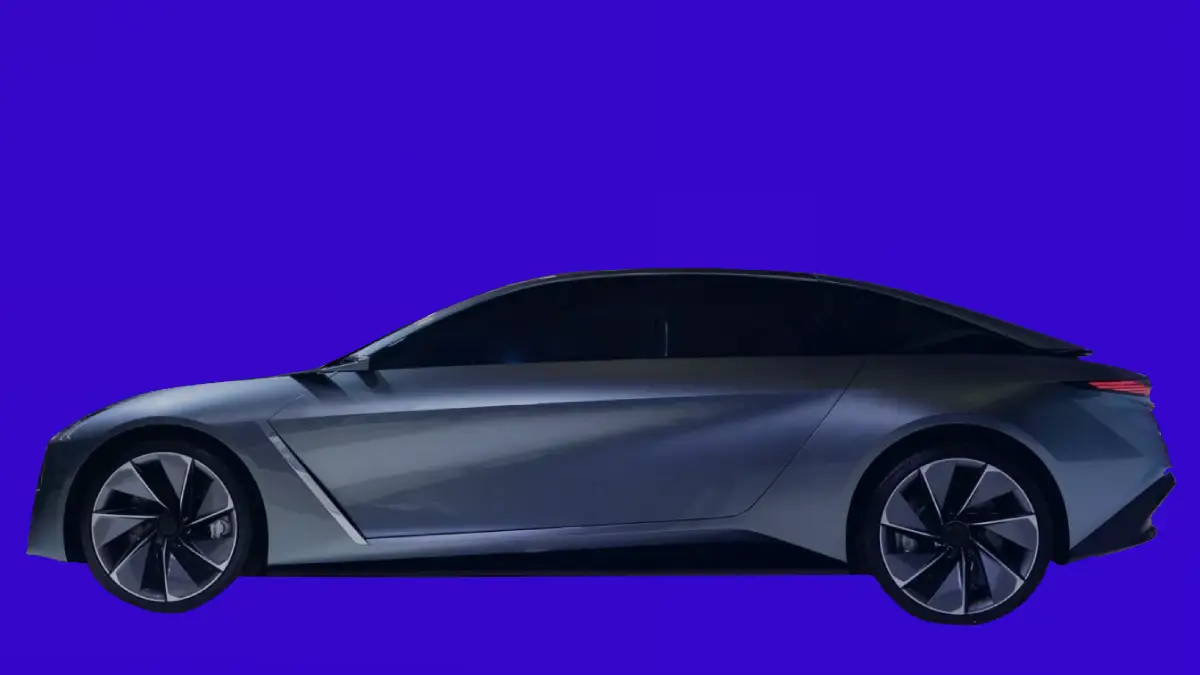Across Southeast Asia, a transition and transformation is underway in the automotive industry as Chinese electric vehicle (EV) manufacturers intensify their push into key markets like Indonesia and Thailand, eroding the long-standing dominance of Japanese carmakers. Fueled by government incentives and aggressive pricing strategies, companies such as BYD and SAIC-GM-Wuling are rapidly gaining ground, raising concerns about the future of Japanese giants like Toyota and Mitsubishi in the region.
A New Battleground for Electric Vehicles
In Indonesia, the largest automobile market in Southeast Asia, and Thailand, the third-largest, competition among Chinese automakers has reached a fever pitch. Both countries have introduced substantial incentives to bolster their EV industries, creating fertile ground for Chinese manufacturers while offering little support for the hybrid vehicles (HVs) in which Japanese firms excel. This policy tilt has sparked a dramatic reshaping of market dynamics, with EV sales surging despite infrastructural challenges.
In late July, SAIC-GM-Wuling Automobile Co. unveiled its latest offering, the Wuling Cortez Darion minivan, at an auto show near Jakarta. The company announced plans to market both EV and plug-in hybrid models, produced at its local plant in Indonesia. However, Wuling’s once-commanding position in Indonesia’s EV market has slipped. After holding a 41% share in 2023, making it the second-largest player, its share dropped to 30% in 2024 as BYD, a major Chinese EV manufacturer, entered the fray and captured significant customer interest.
Indonesia’s EV sales in 2024 reached 43,000 units, a remarkable 2.5-fold increase from the previous year, though they still accounted for just 5% of the 866,000 total new vehicles sold. The primary barrier remains the country’s limited charging infrastructure, prompting Chinese automakers like Chery Automobile Co. and Beijing Auto Works to diversify into non-EV models, including hybrids, to hedge against these constraints.
Thailand tells a similar story, with EV sales comprising over 10% of the 573,000 total new vehicle sales in 2024. BYD has emerged as a dominant force, securing a 40% share of the Thai EV market through substantial discounts. Between January and June of this year, BYD climbed to fourth place in total new vehicle sales in Thailand with a 7.8% share, overtaking Mitsubishi Motors Corp., which lagged at 4.5%.
Government Policies Fuel the Shift
Government policies in both nations have played a pivotal role in accelerating the rise of EVs, often at the expense of traditional players. Since 2022, Thailand has offered subsidies of up to 150,000 Thai Baht (~US$4,200) per EV sold to companies establishing production bases in the country, alongside corporate income tax breaks. These measures have attracted Chinese automakers, who have entered the market with minimal initial investment and expanded rapidly by offering discounts that often exceed the subsidies received.
Indonesia has adopted similar EV-boosting policies, creating an environment where Chinese manufacturers can thrive. This contrasts sharply with the limited support for hybrid vehicles, leaving Japanese automakers struggling to adapt. In 2024, Japanese carmakers held nearly 90% of Indonesia’s total vehicle market, but there is growing unease that they could lose ground to Chinese competitors, mirroring trends already evident in Thailand.
In Thailand, the decline of Japanese automakers is stark. Having entered the market in the 1960s, they commanded a 92.3% share in 2010. By 2023, this figure had fallen below 80%, and it dropped further to 70.6% between January and June of this year. The rapid ascent of Chinese firms, particularly BYD, which competes with Tesla for the top spot in global EV sales, underscores the challenges facing Japanese manufacturers.
Japanese Carmakers Fight Back
In response to mounting competition, Japanese automakers are attempting to pivot. Companies like Toyota Motor Corp. are expanding their hybrid vehicle lineups in both Indonesia and Thailand, though the lack of government support for HVs hampers their efforts. Toyota has announced plans to commence EV production in both countries by the end of the year, but industry observers note that Japanese firms lag behind their Chinese counterparts in bringing EVs to market swiftly and competitively.
The historical strength of Japanese automakers in Southeast Asia has been their reliability and deep-rooted presence, particularly in Thailand, often dubbed the “Detroit of Asia” for its significant automotive manufacturing base. However, the current policy landscape favors EV innovation over established hybrid technology, creating a structural disadvantage for firms that have long prioritized fuel efficiency over full electrification.
Strategic Implications for the Region
The intensifying rivalry between Chinese and Japanese automakers in Southeast Asia reflects broader global trends in the automotive sector, where electrification is becoming a defining battleground. For Chinese manufacturers, markets like Indonesia and Thailand are critical testing grounds for global expansion. Vincent Wong, Executive Vice President of SAIC-GM-Wuling, has emphasized Indonesia as the cornerstone of the company’s international strategy, with plans to reclaim lost market share through an expanded product lineup.
Yet, the challenges are multifaceted. In Indonesia, the paltry 5% EV penetration rate highlights infrastructural bottlenecks that could slow adoption, even as sales grow exponentially. Thailand’s higher EV adoption rate of over 10% suggests a more mature market, but the aggressive discounting by Chinese firms raises questions about long-term profitability and sustainability. These discounts, often exceeding government subsidies, indicate a willingness to prioritize market share over immediate financial returns—a strategy Japanese firms, with their focus on steady profitability, have been slower to adopt.
Moreover, the shift toward EVs in Southeast Asia carries implications beyond the automotive industry. It aligns with broader regional goals of reducing carbon emissions and fostering sustainable development, as both Indonesia and Thailand aim to position themselves as leaders in green technology. However, the exclusion of hybrid vehicles from many incentive programs risks sidelining a technology that could serve as a pragmatic bridge between traditional internal combustion engines and full electrification, particularly in areas with limited charging infrastructure.
A Glimpse Into the Future
The automotive landscape in Southeast Asia is at a crossroads, with Chinese automakers leveraging government support and pricing power to challenge the entrenched dominance of Japanese manufacturers. While firms like BYD and Wuling are making significant inroads, their success is not guaranteed, hinging on their ability to navigate infrastructural and cultural barriers unique to the region.
For Japanese carmakers, the path forward requires not only a rapid pivot to EV production but also a reevaluation of their strategic positioning in markets increasingly shaped by policy-driven electrification. As Toyota and others ramp up efforts to compete, the question remains whether they can reclaim lost ground or if the tide has already turned in favor of their Chinese rivals.
As this competition unfolds, the implications for consumers, economies, and environmental goals in Southeast Asia are profound. Will the region emerge as a global hub for EV innovation, or will the clash of automotive titans reveal deeper challenges in balancing technological progress with practical realities? Only time will tell.















